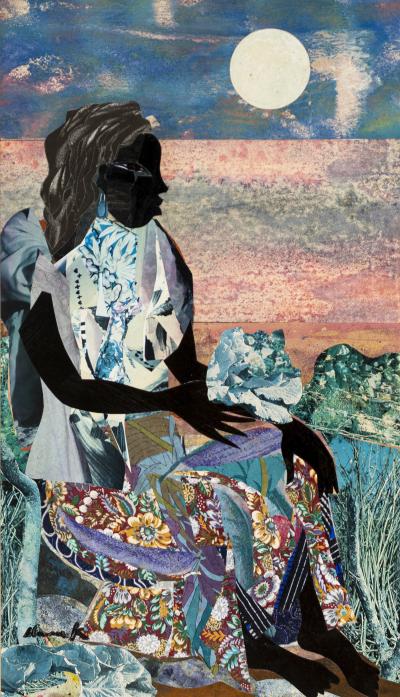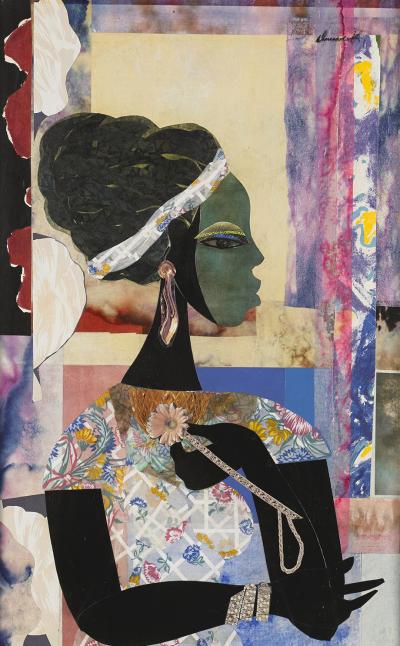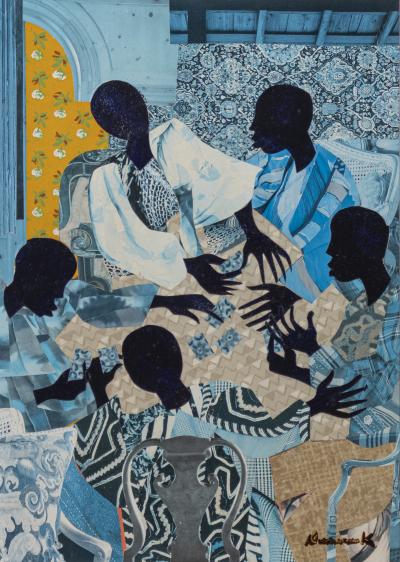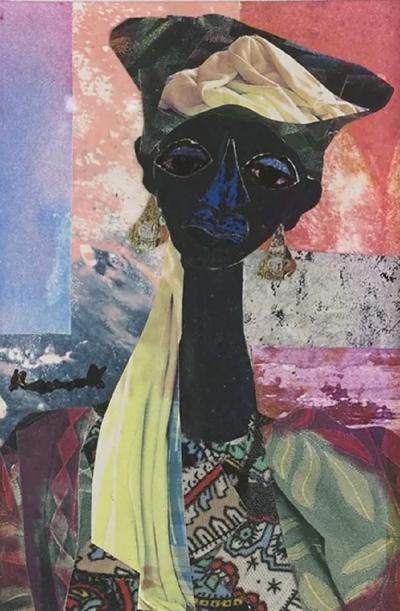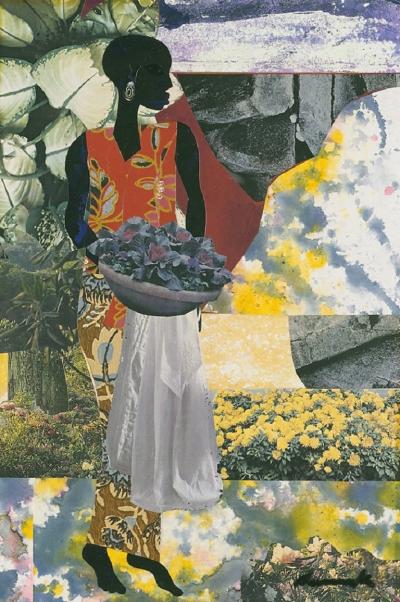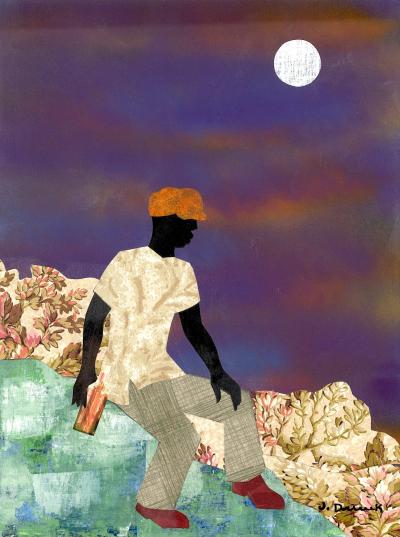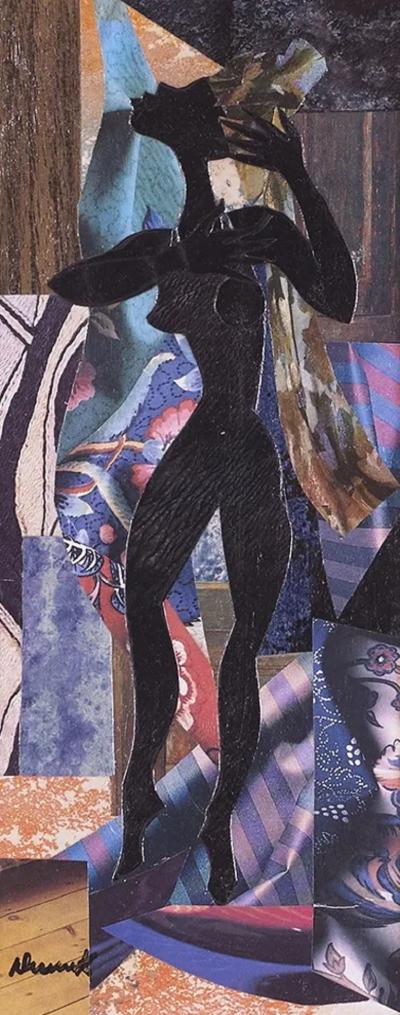James Denmark
American, 1936
James Denmark (born 1936) emerged from a lineage of southern artists in segregated Winter Haven, Florida, during the 1930s and 40s. Raised in a family where artistry ran deep, Denmark's early exposure to creativity included his grandmother's adept quilting and wire sculpting, his grandfather's unique bricklaying designs, and his mother's keen eye for interior design.
While pursuing his BFA at Florida Agriculture and Mechanical University in Tallahassee, Denmark encountered the influential art historian Samella Lewis, who introduced him to prominent Black artists. Lewis, the first African American to convene the National Conference of African American Artists in 1953 at the university, played a pivotal role in Denmark's artistic development.
Moving to New York City, Denmark attended the Pratt Institute of Fine Art, earning a master's degree. Under the mentorship of Jacob Lawrence, who significantly impacted his work, and exposure to Romare Bearden, his greatest influence, Denmark underwent a stylistic transition. Embracing "Collage," he continued to experiment with this improvisational medium for the next fifty years.
Denmark's distinctive style emerged from his intuitive flow, evident in his identifiable compositions. The recurring themes of love, family, and the celebration of "Black Womanhood" showcase his deep respect. Employing handmade papers, fabrics, and diverse objects, Denmark's eclectic sense of design permeates every element of his work.
With over sixty one-man exhibitions, Denmark's acclaim is reflected in collections such as the Metropolitan Museum of Art, Museum of Fine Art in Boston, The Brooklyn Museum, The San Francisco Museum of Art, and the High Museum in Atlanta. Following in the footsteps of Romare Bearden, Denmark stands as the only other African American collagist to achieve such widespread recognition, and we believe the full extent of Denmark's artistic significance is yet to be fully acknowledged.
While pursuing his BFA at Florida Agriculture and Mechanical University in Tallahassee, Denmark encountered the influential art historian Samella Lewis, who introduced him to prominent Black artists. Lewis, the first African American to convene the National Conference of African American Artists in 1953 at the university, played a pivotal role in Denmark's artistic development.
Moving to New York City, Denmark attended the Pratt Institute of Fine Art, earning a master's degree. Under the mentorship of Jacob Lawrence, who significantly impacted his work, and exposure to Romare Bearden, his greatest influence, Denmark underwent a stylistic transition. Embracing "Collage," he continued to experiment with this improvisational medium for the next fifty years.
Denmark's distinctive style emerged from his intuitive flow, evident in his identifiable compositions. The recurring themes of love, family, and the celebration of "Black Womanhood" showcase his deep respect. Employing handmade papers, fabrics, and diverse objects, Denmark's eclectic sense of design permeates every element of his work.
With over sixty one-man exhibitions, Denmark's acclaim is reflected in collections such as the Metropolitan Museum of Art, Museum of Fine Art in Boston, The Brooklyn Museum, The San Francisco Museum of Art, and the High Museum in Atlanta. Following in the footsteps of Romare Bearden, Denmark stands as the only other African American collagist to achieve such widespread recognition, and we believe the full extent of Denmark's artistic significance is yet to be fully acknowledged.
